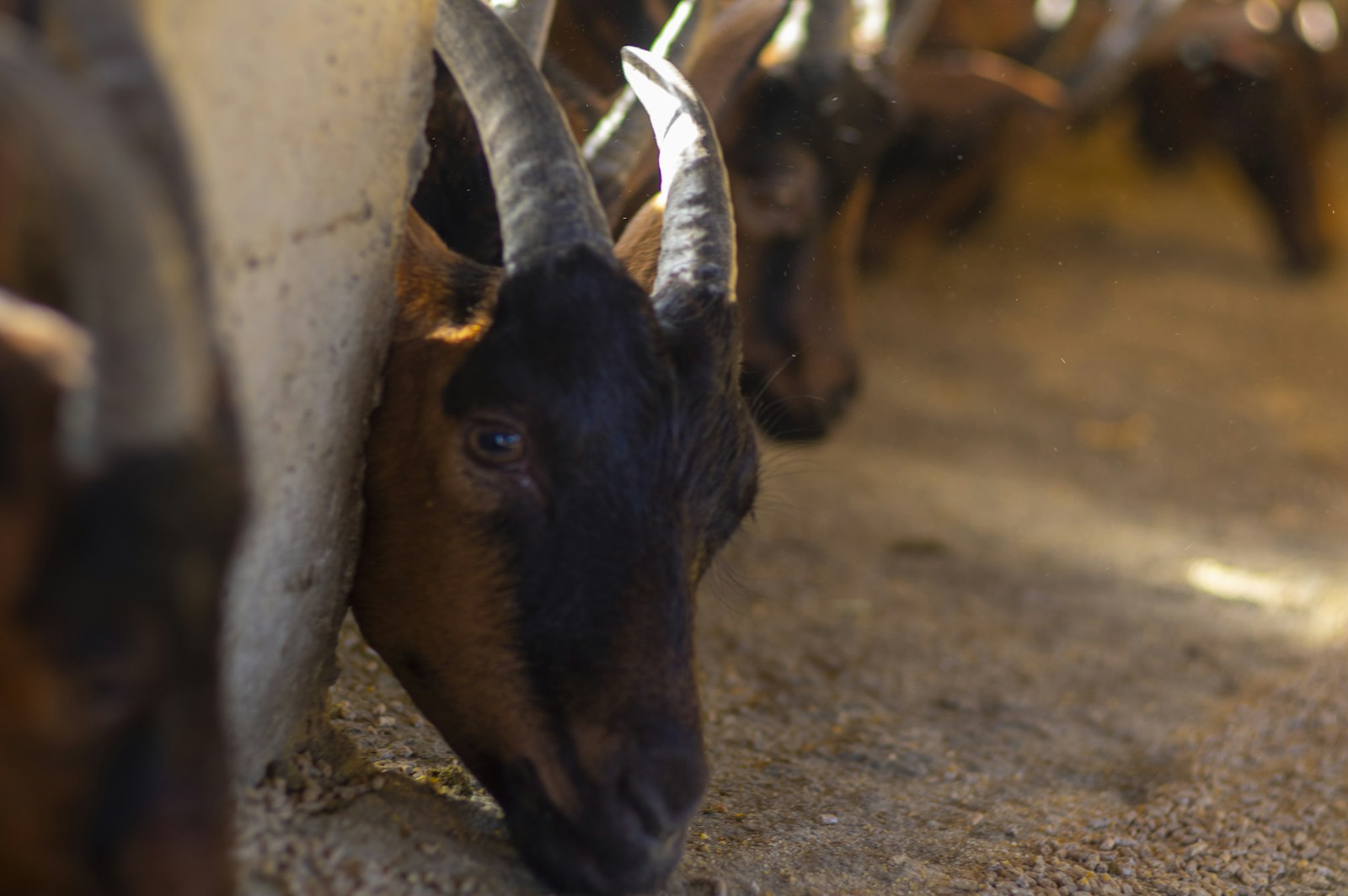
包含
bāo hán

contain
The Chinese word '包含' is used similar to how 'contain' is used in English. Typically, it's used to express the idea of something being held or included within something else. It can be used in various contexts such as identifying the components of something, describing the criteria or conditions that something fulfills, or discussing the contents of a location or object.
Example sentences using: 包含
这个菜单包含所有的食物选项。
Zhège càidān bāohán suǒyǒu de shíwù xuǎnxiàng.

This menu includes all food options.
In this sentence, '包含' is used to express that the menu has all the food options within it.
他的书包包含四本书。
Tā de shūbāo bāohán sìběnshū.

His backpack includes four books.
Here the same word '包含' is used to indicate that there are four books inside the backpack.
她的演讲包含很多统计数据。
Tā de yǎnjiǎng bāohán hěnduō tǒngjìshùjù.

Her speech contains a lot of statistical data.
In this example, '包含' shows that the speech has a lot of statistical data within it.
这个项目包含了许多复杂的步骤。
Zhège xiàngmù bāohánle xǔduō fùzá de bùzhòu.

This project includes many complex steps.
'包含' in this sentence is to highlight that the project has many complex steps in it.
这个研究包含五个部分。
Zhège yánjiū bāohán wǔgè bùfen.

This study includes five parts.
None
这个故事包含了许多有趣的角色。
Zhège gùshì bāohánle xǔduō yǒuqù de juésè.

This story includes many interesting roles.
The word '包含' here shows that the story includes many interesting characters in it.
这个课程包含了所有的主题。
Zhège kèchéng bāohánle suǒyǒu de zhǔtí.

This course includes all the topics.
In this sentence, '包含' is used to indicate that the course has all topics covered within it.
这份报告包含所有的细节。
Zhè fèn bàogào bāohán suǒyǒu de xìjié.

This report includes all the details.
'包含' in this sentence is used to emphasize that the report has all the details within it.
她通常用塑料袋来包含她的食物。
Tā tōngcháng yòng sùliào dài lái bāohán tā de shíwù.

She usually uses a plastic bag to contain her food.
In this context, '包含' indicates the action of holding the food within the plastic bag.
她的行李包含所有的衣物。
Tā de xíngli bāohán suǒyǒu de yīwù.

Her luggage includes all her clothes.
In this example, '包含' means that the luggage has all her clothes within it.